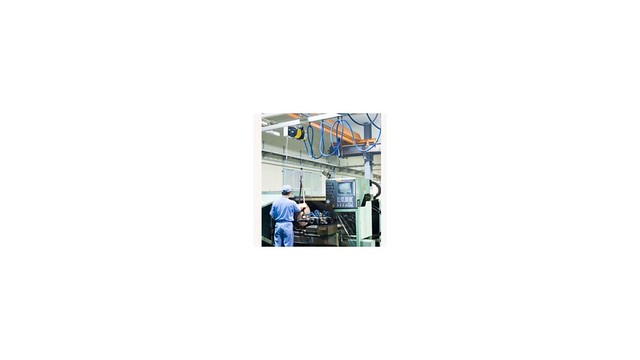Lifting Equipment: Making Work Easier and Safer
Introduction:
Lifting equipment plays a crucial role in various industries, enabling the handling of heavy loads efficiently. This article discusses the manufacturing process, Lifting Equipment characteristics, advantages, usage methods, tips for selecting the right lifting equipment, and concludes with an ove

rview.
Manufacturing Process:
Load handling systems are designed to meet diverse industrial needs efficiently. These systems include elevating devices such as cranes machinery. To manufacture reliable lifting equipment, advanced engineering techniques are employed to ensure durability and safety during operation. H mini electric hoist igh-quality materials like steel alloys are chosen to provide strength and longevity.
Characteristics:
Lifting equipment exhibits several key characteristics that make it indispensable in many workplaces. The most prominent among them is its ability to lift heavy objects effortlessly without putting extensive strain on workers. Additionally, modern advancements have made these tools more ergonomically designed for user comfort and convenience.
Advantages:
The ut Lifting Equipment ilization of lifting equipment offers numerous advantages across industries. Firstly, it significantly reduces the risk of w Load handling systems orkplace injuries by minimizing manual handling tasks associated with lifting heavy loads manually. Moreover, it increases work efficiency by allowing faster load transportation within a facility or construction site. Lifting equipment also ensures accuracy in positioning weights precisely as required.
Us Elevating devices age Methods:
To effectively use lifting equipment while maintaining utmost safety measures while operating around any workspace is essential:
1) Familiarize yourself with the specific instructions provided by the manufacturer.
2) Inspect each lift before use to identify any signs of wear or damage.
3) Ensure proper training is given to all operators to handle different types of lifts safely.
4) Adhere strictly to weight limitations specified for each type of lift being lifting and rigging supplies used.
5) Regular maintenance should be conducted at scheduled intervals as per guidelines from manufacturers.
How to Select Lifting Equipment?
Choosing appropriate lifting equipment requires careful consideration based on individual business requirements:
1) Identify your specific application n hand pallet eeds – Determine whether you need overhead cranes, forklifts, or hoists.
2) Evaluate the weight capacity and lifting height required to perform tasks efficiently.
3) Assess the a

vailable space in your facility to ensure that the chosen equipment fits comfortably without causing disturbances.
4) Consider additional features such as mobility, power source options (electric or hydraulic), and safety mechanisms implemented.
Conclusion:
Lifting equipment like hand pallets and mini electric hoists have revolutionized load handling processes acros Lifting Equipment s industries. Whether it’s a small workshop or a large factory, investing in suitable lifting equipment can enhance productivity while ensuring workforce safety. By adhering to proper usage methods and choosing the right lifting Crane machinery equipment based on specific needs, businesses can optimize operations and achieve greater efficiency in their work environments.
